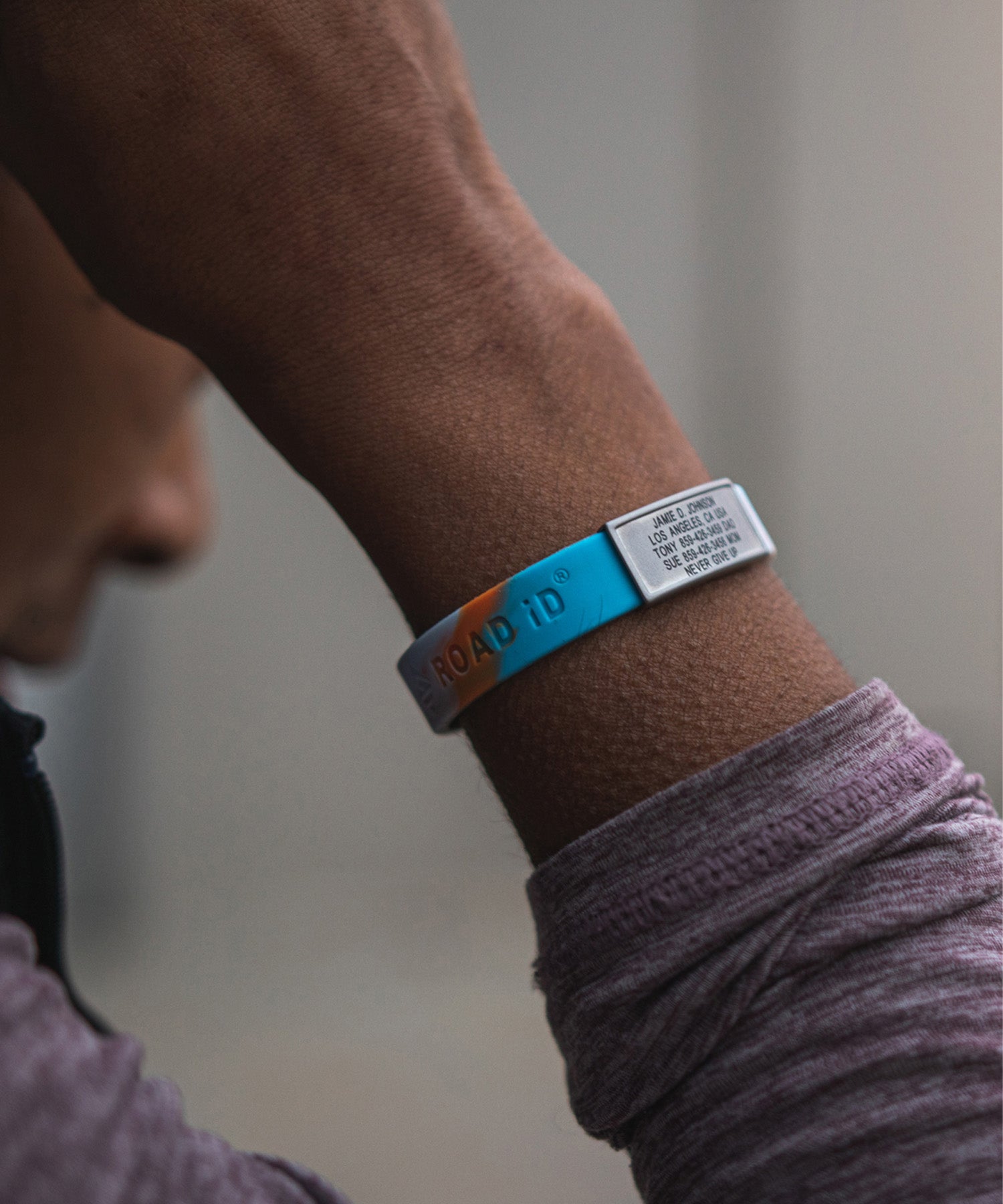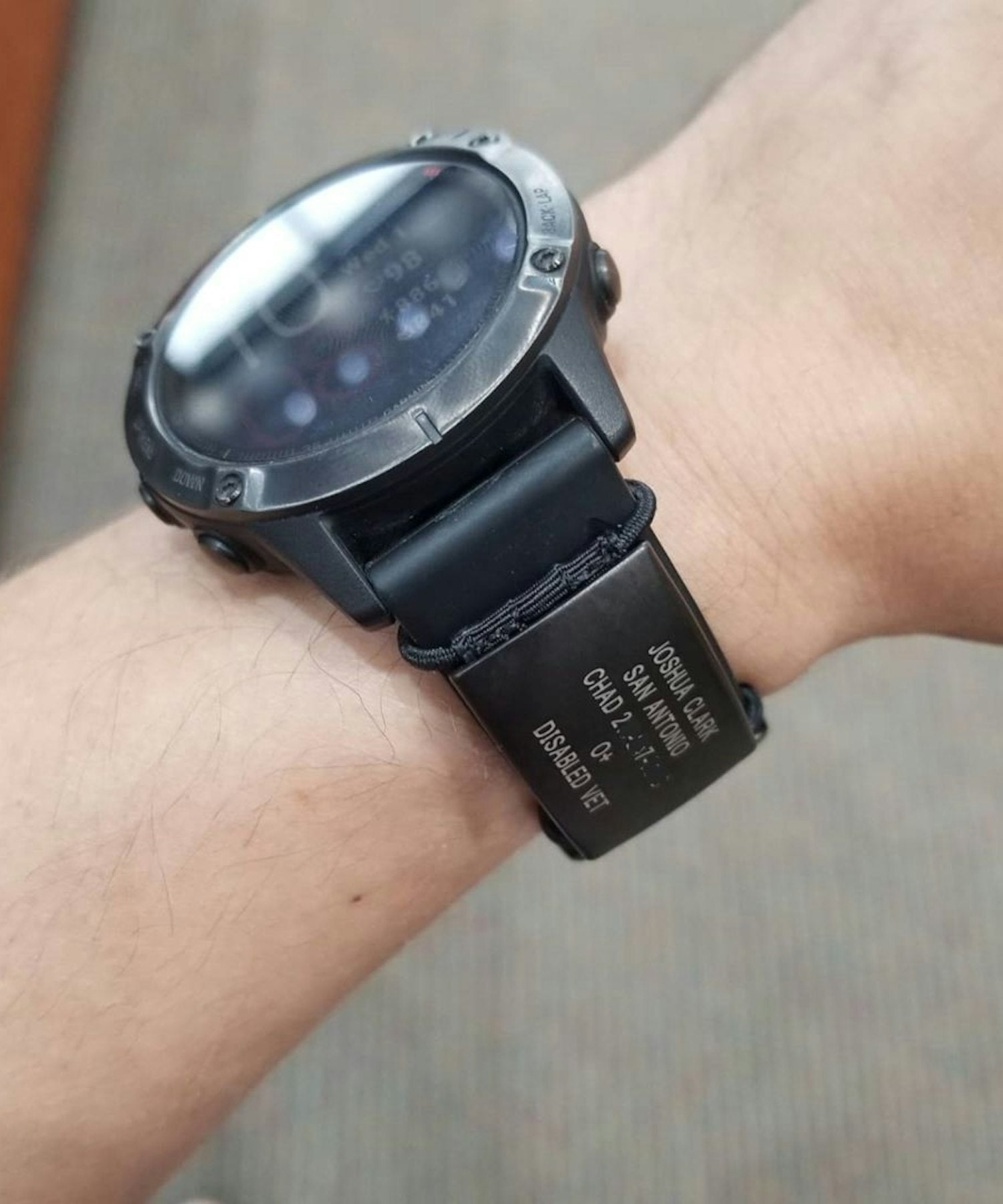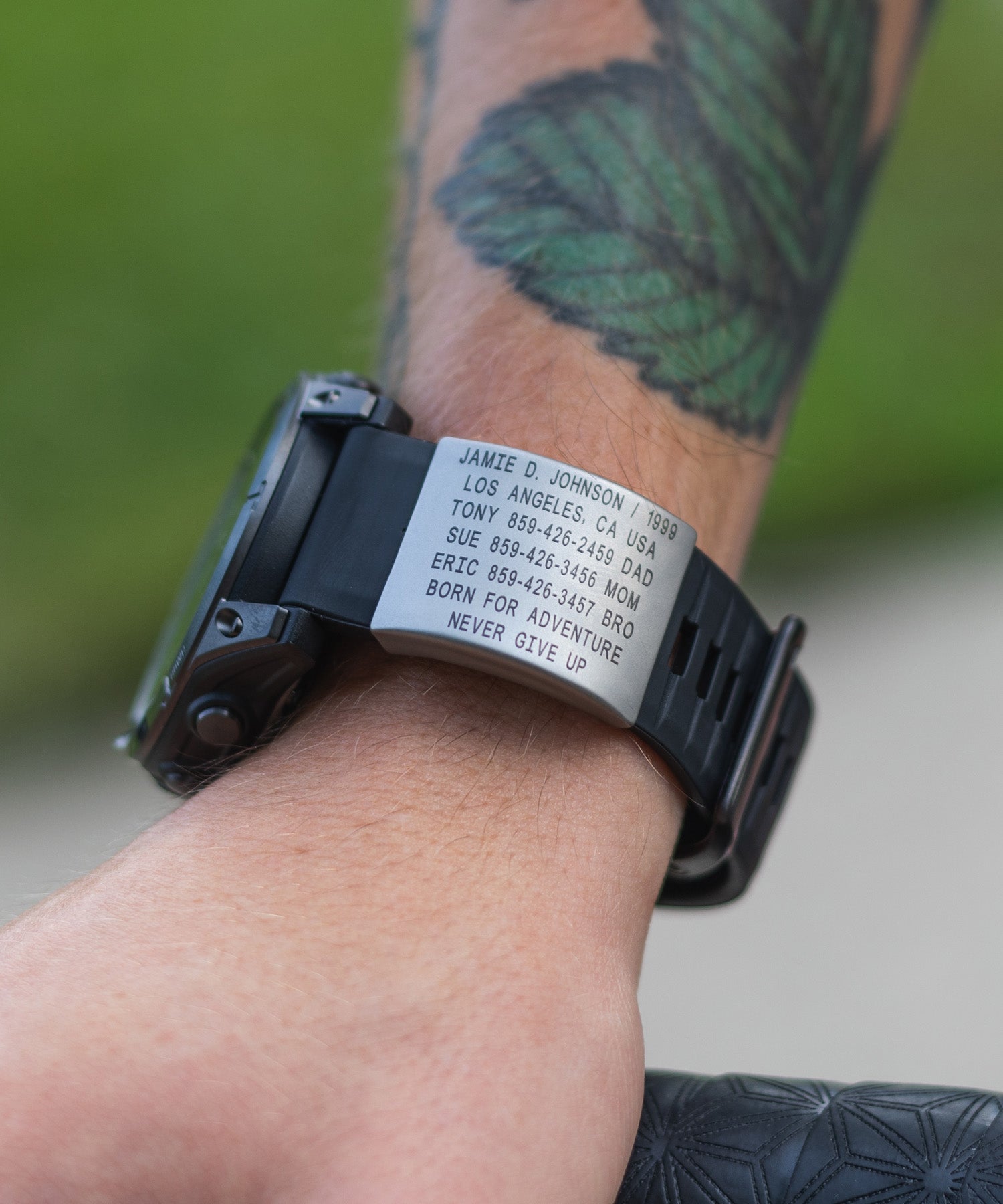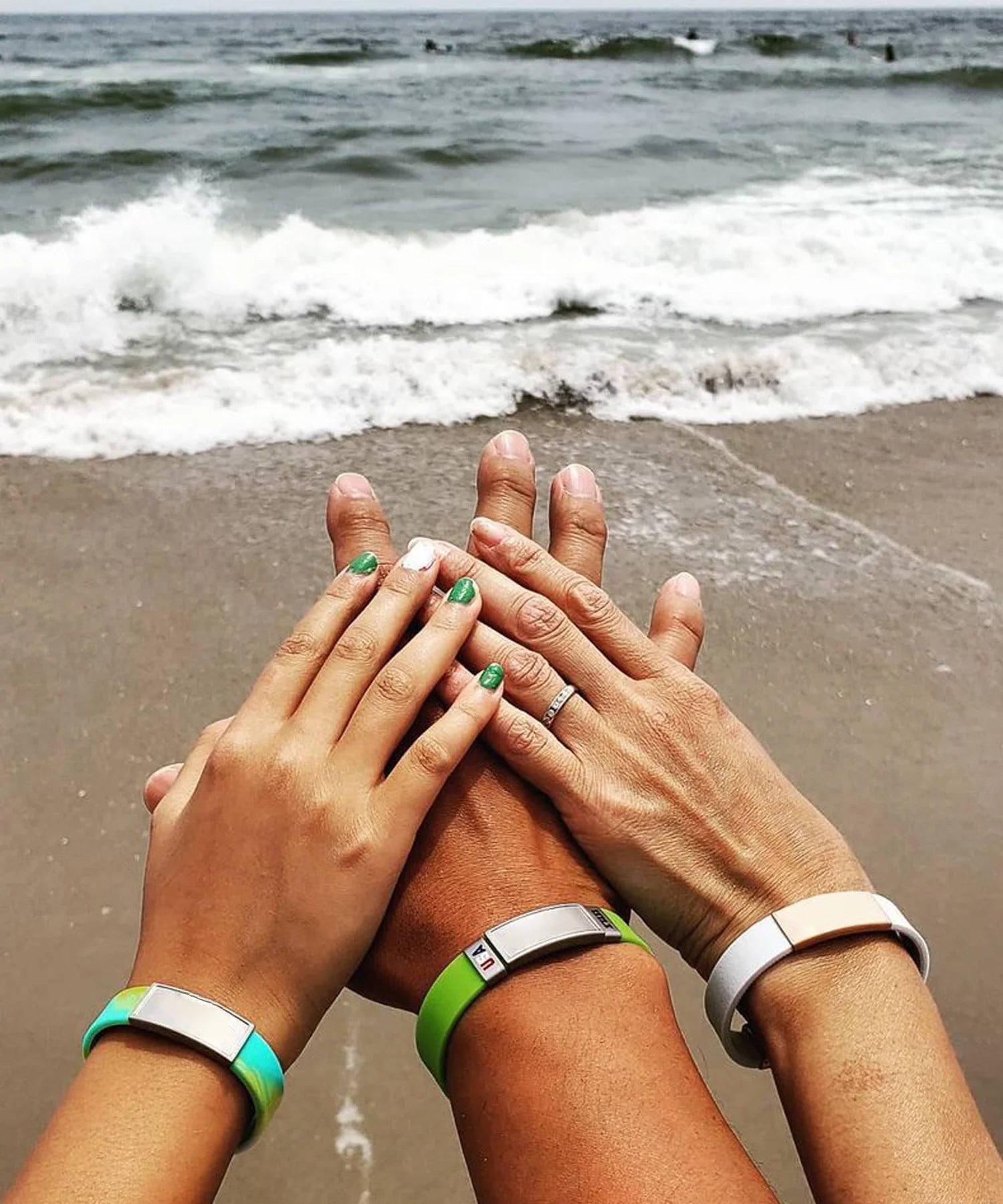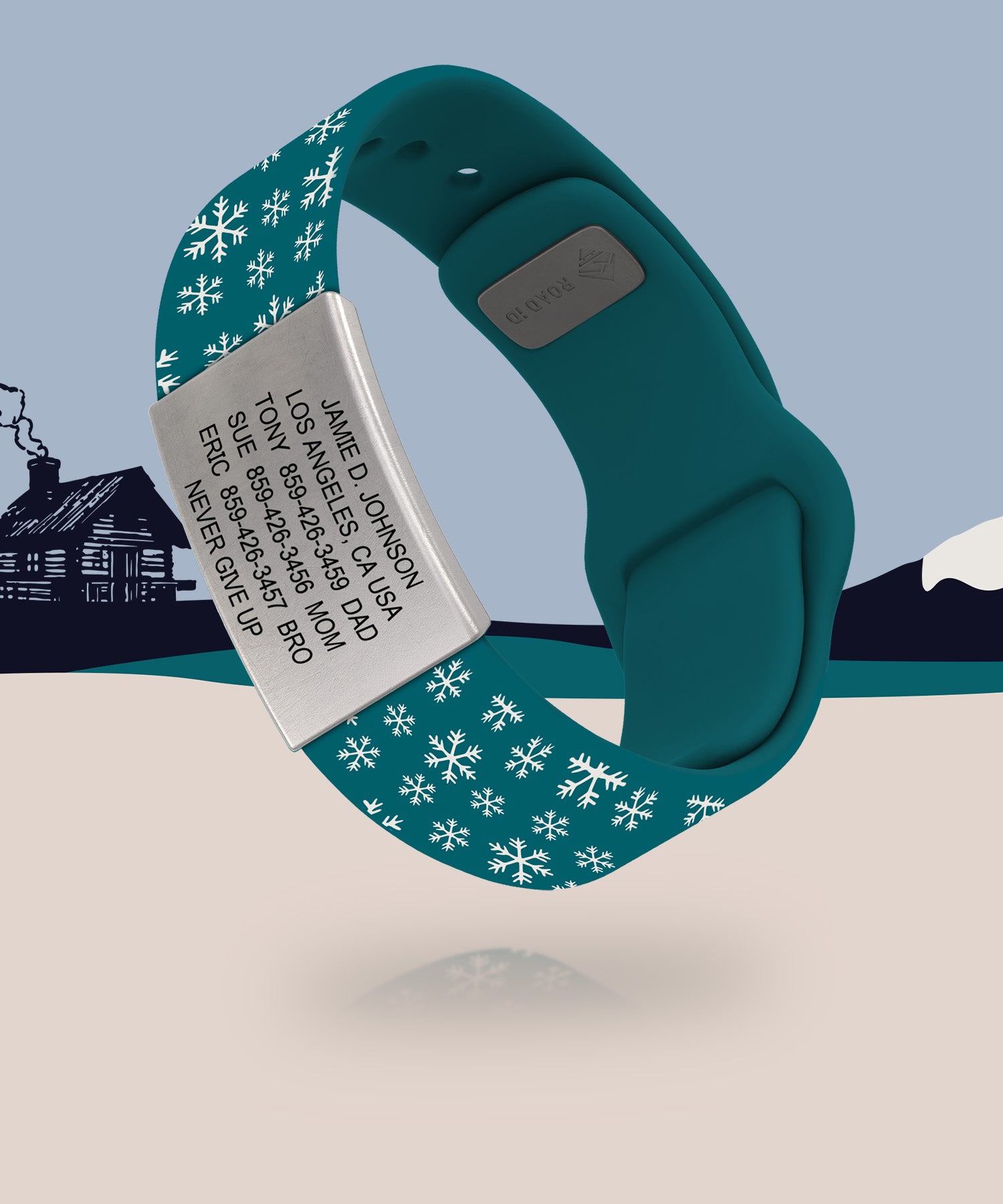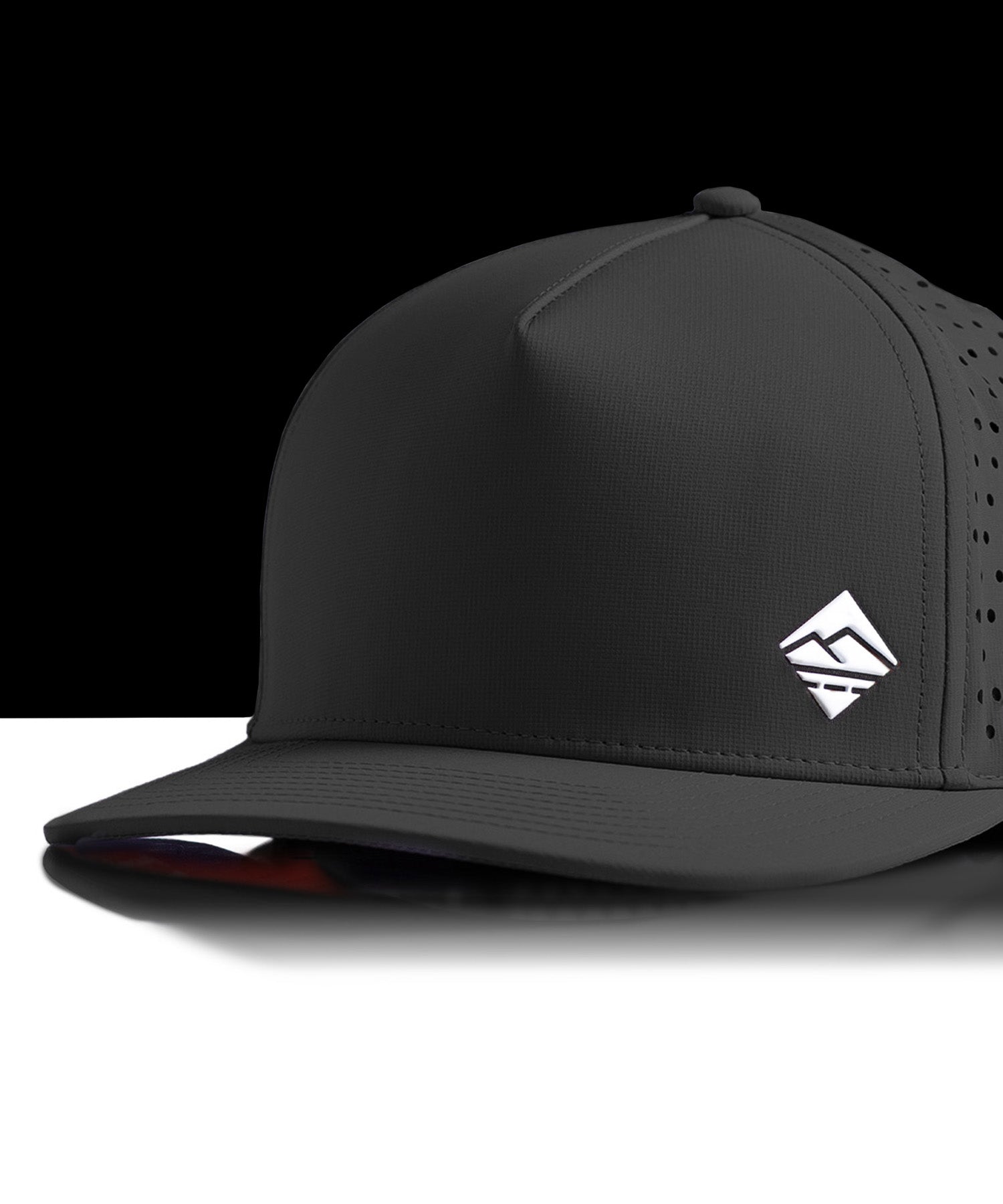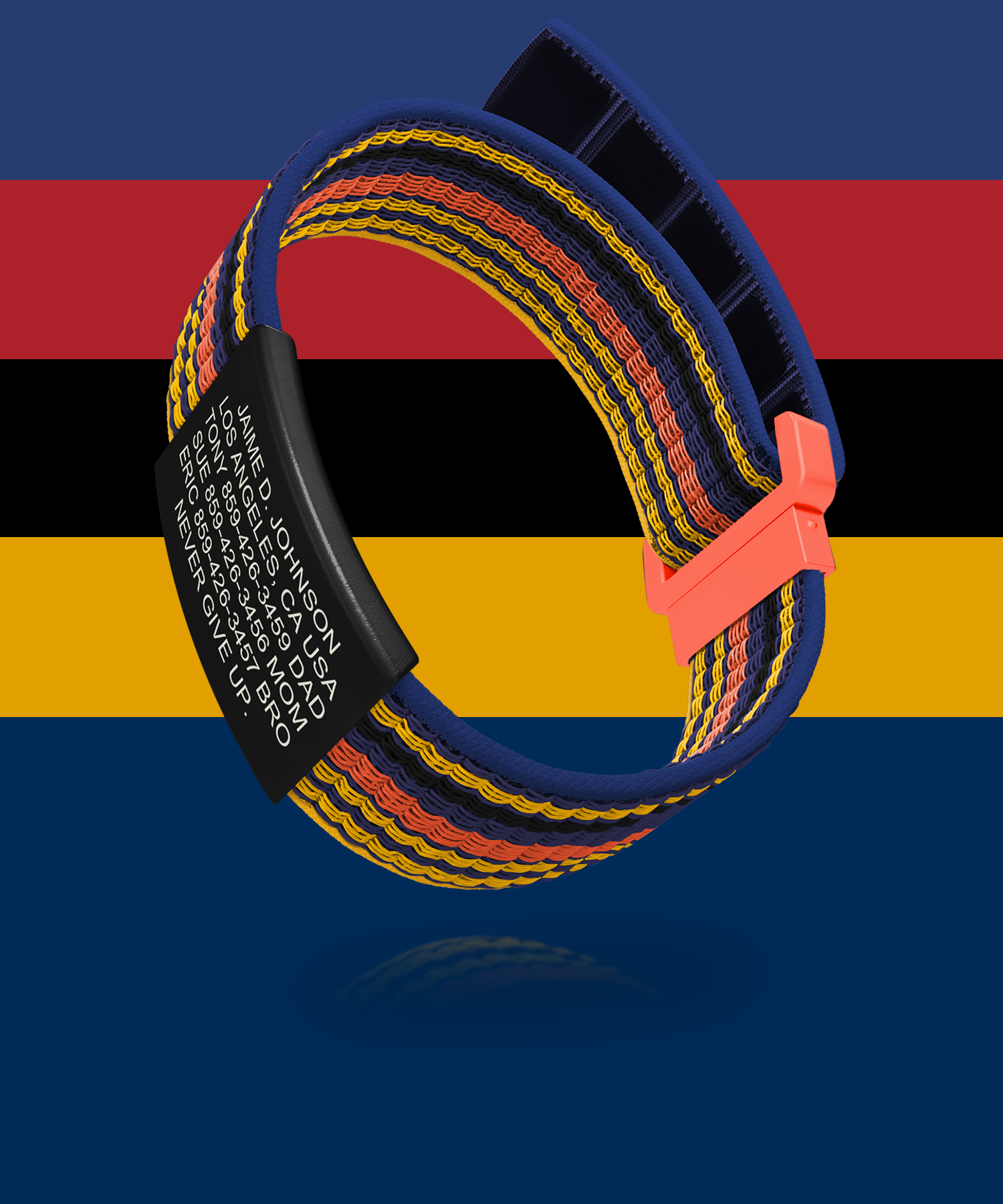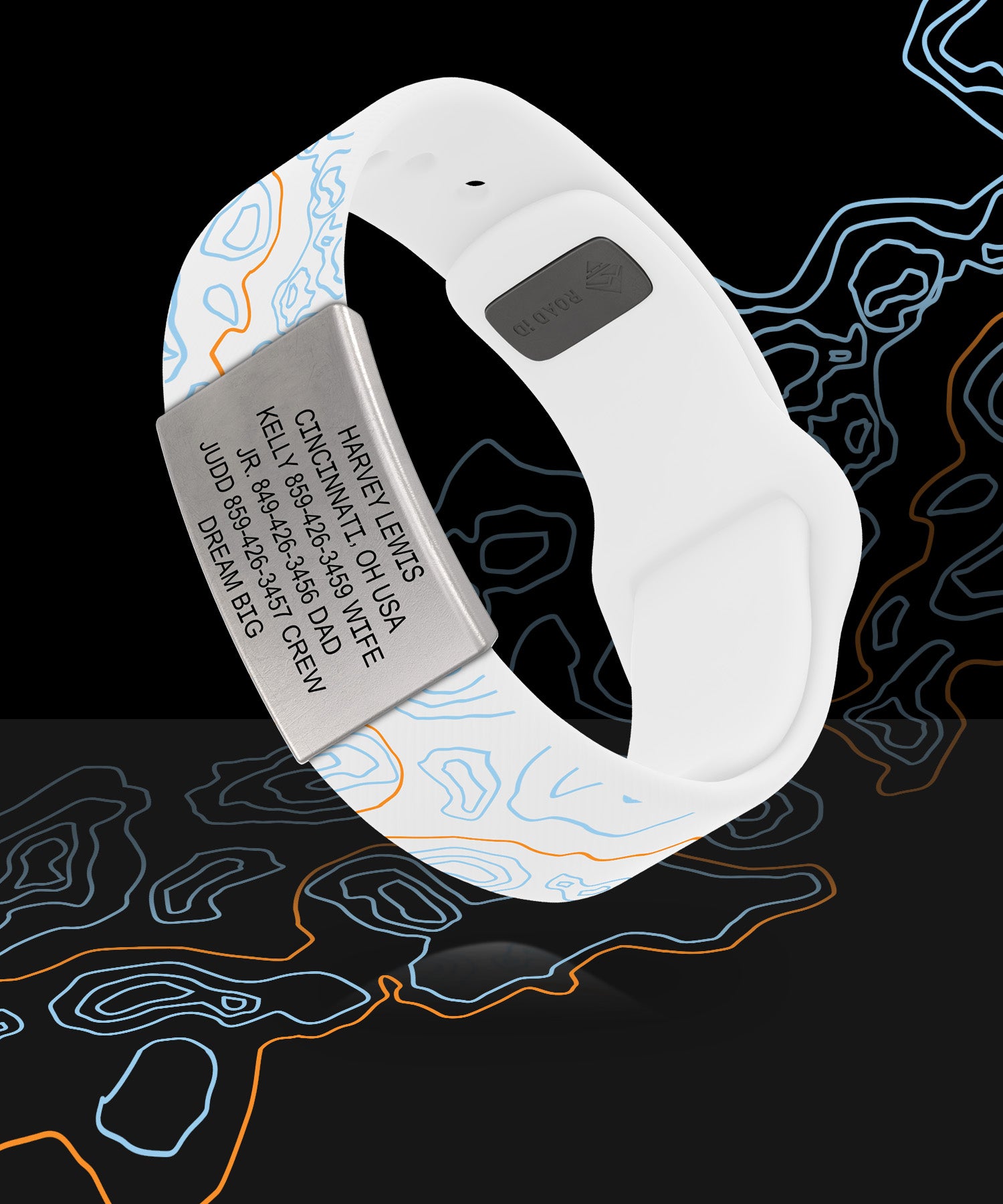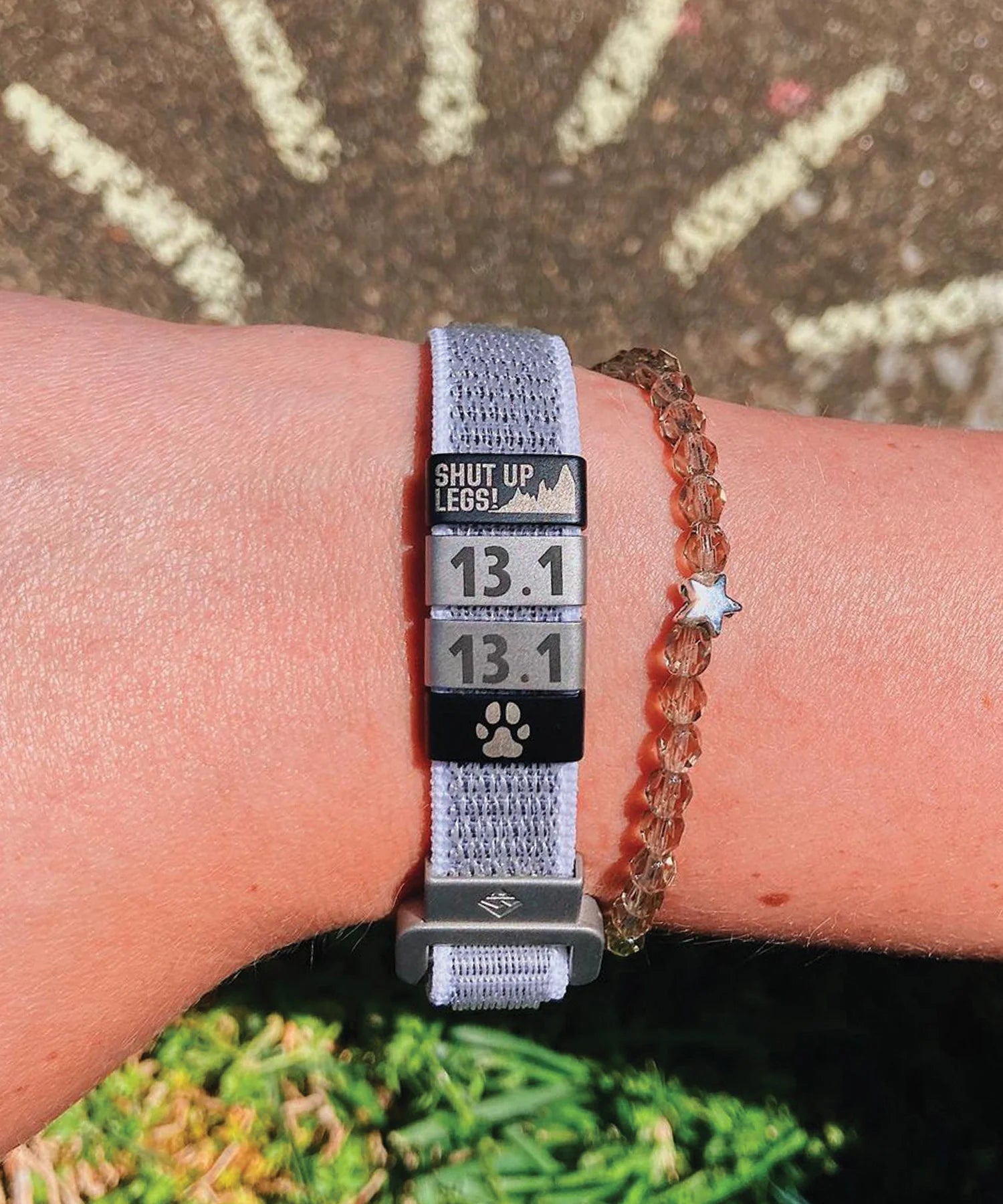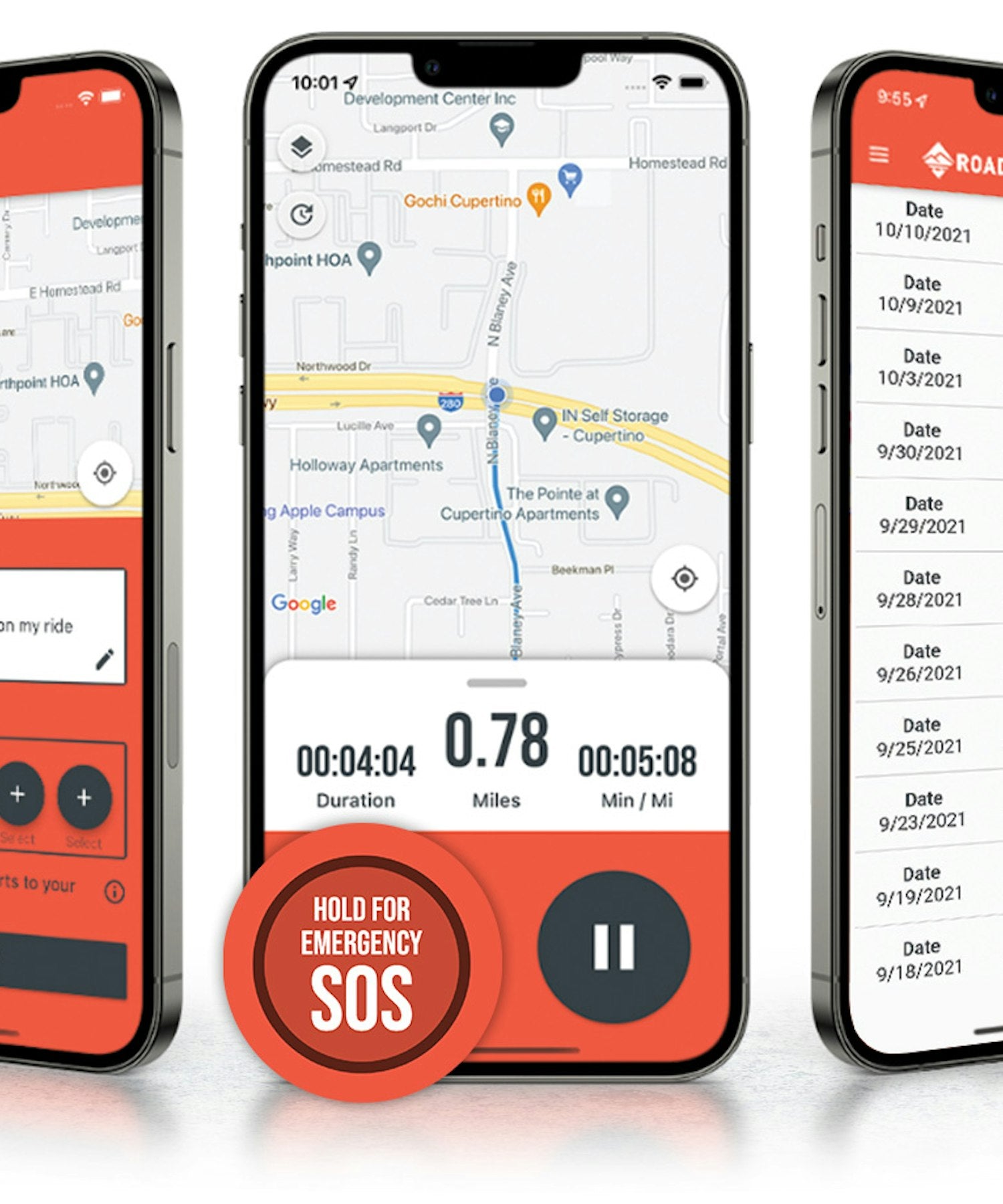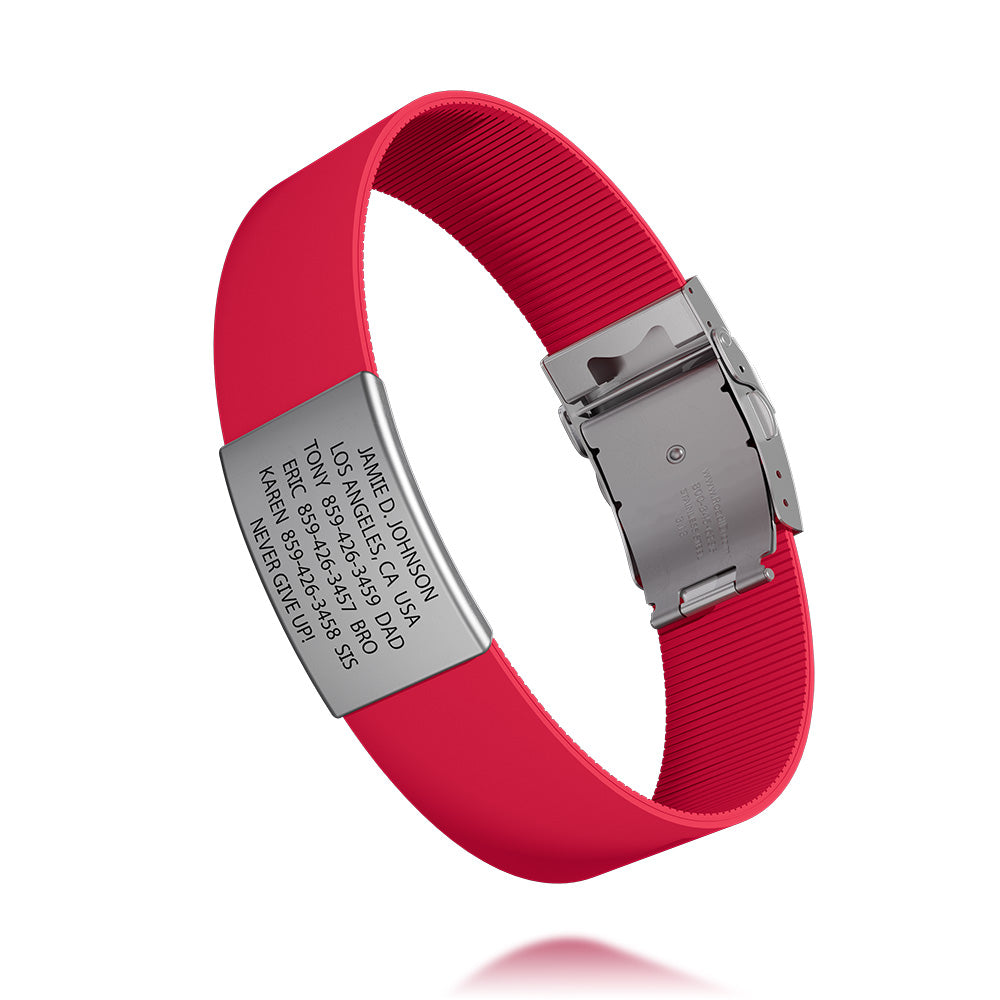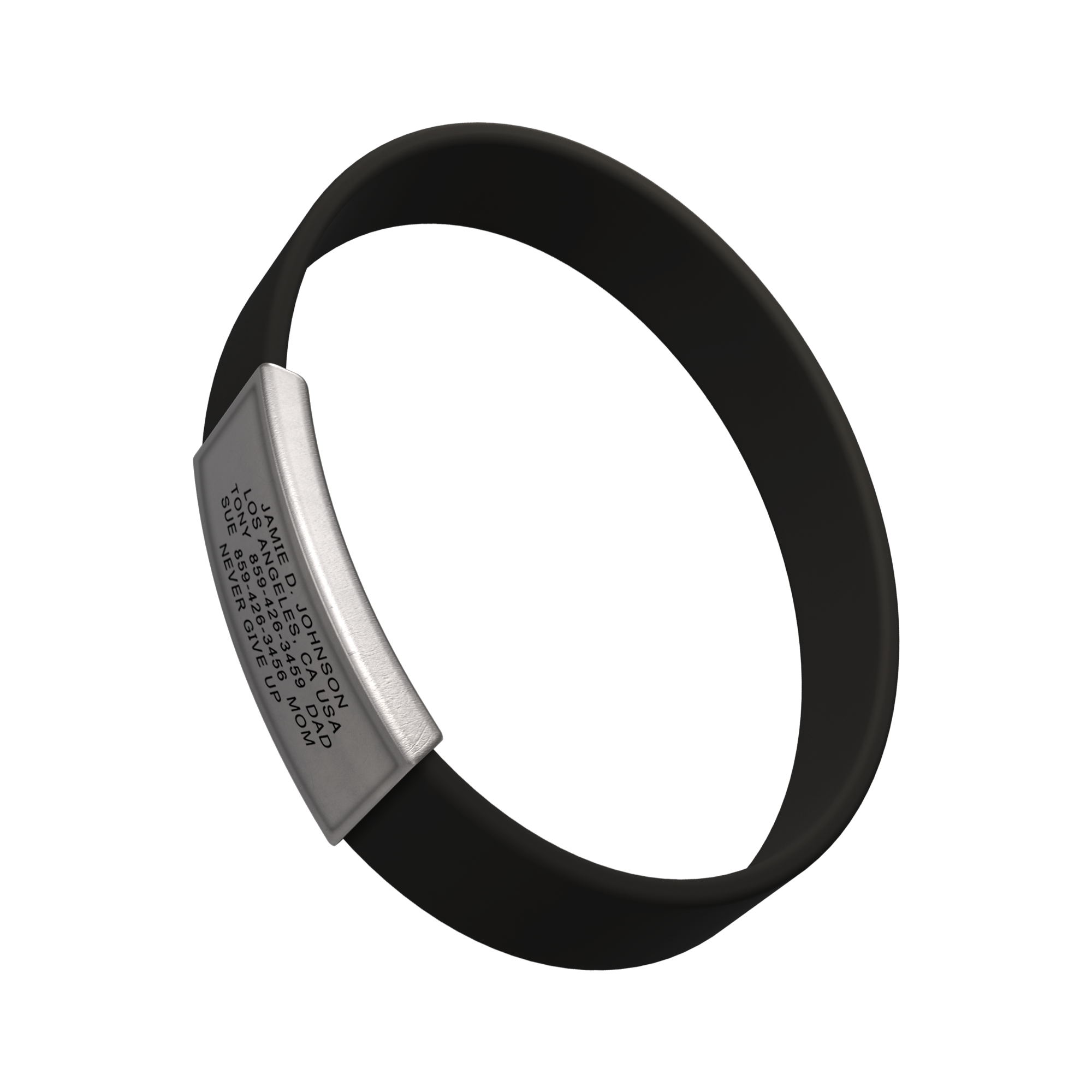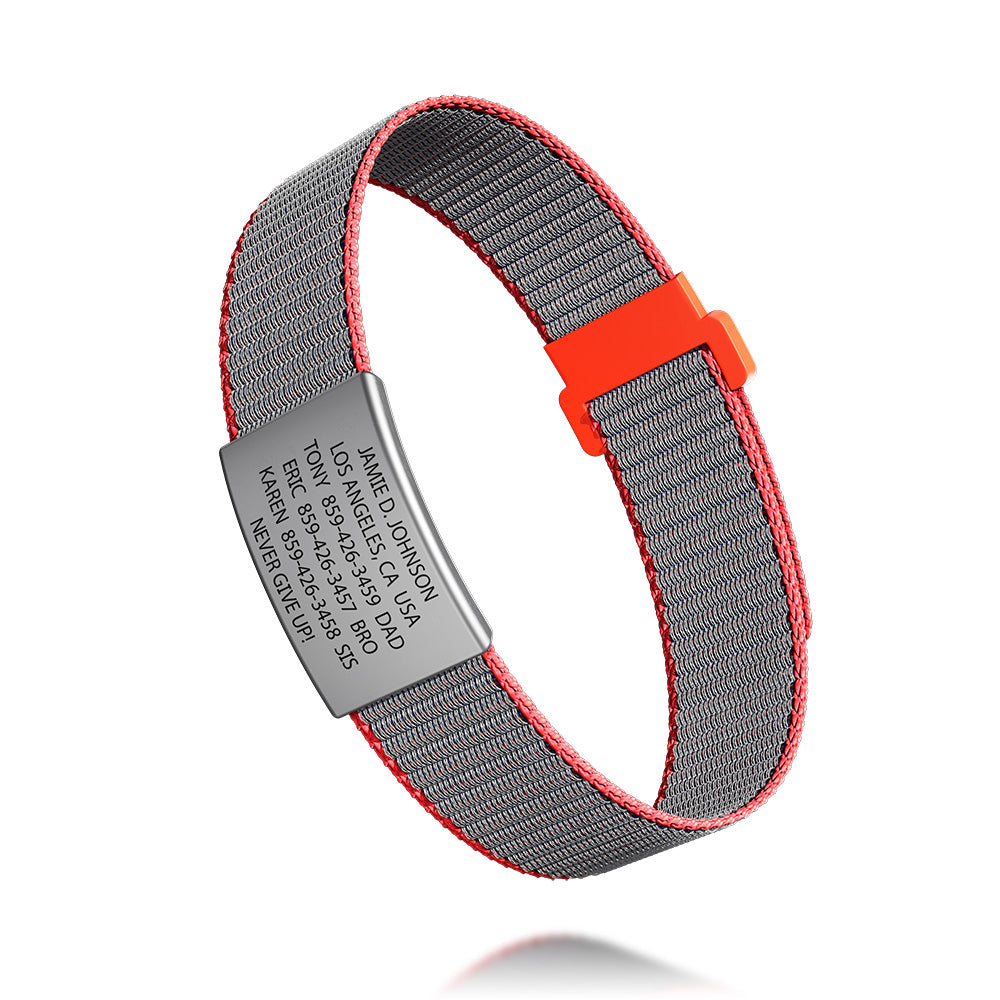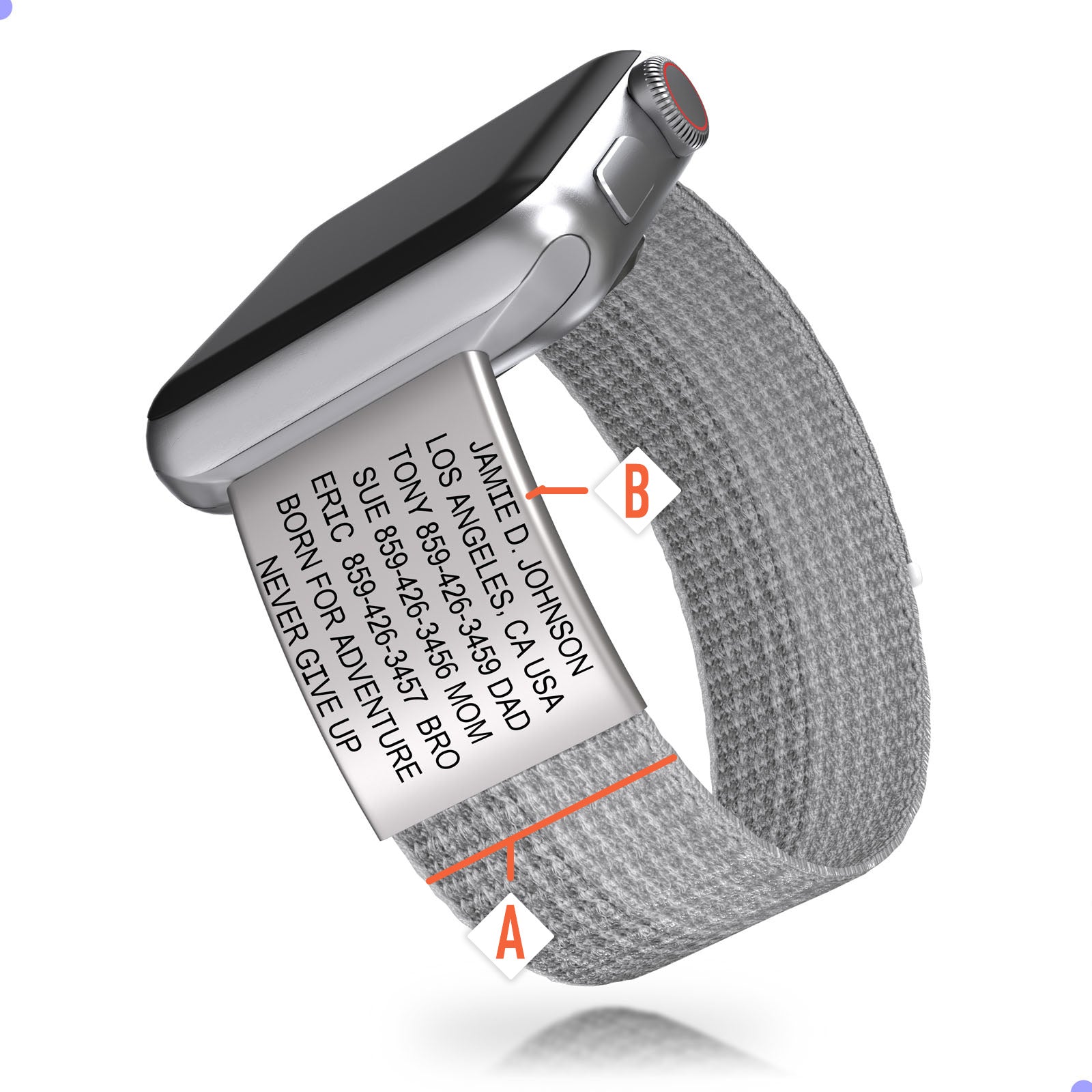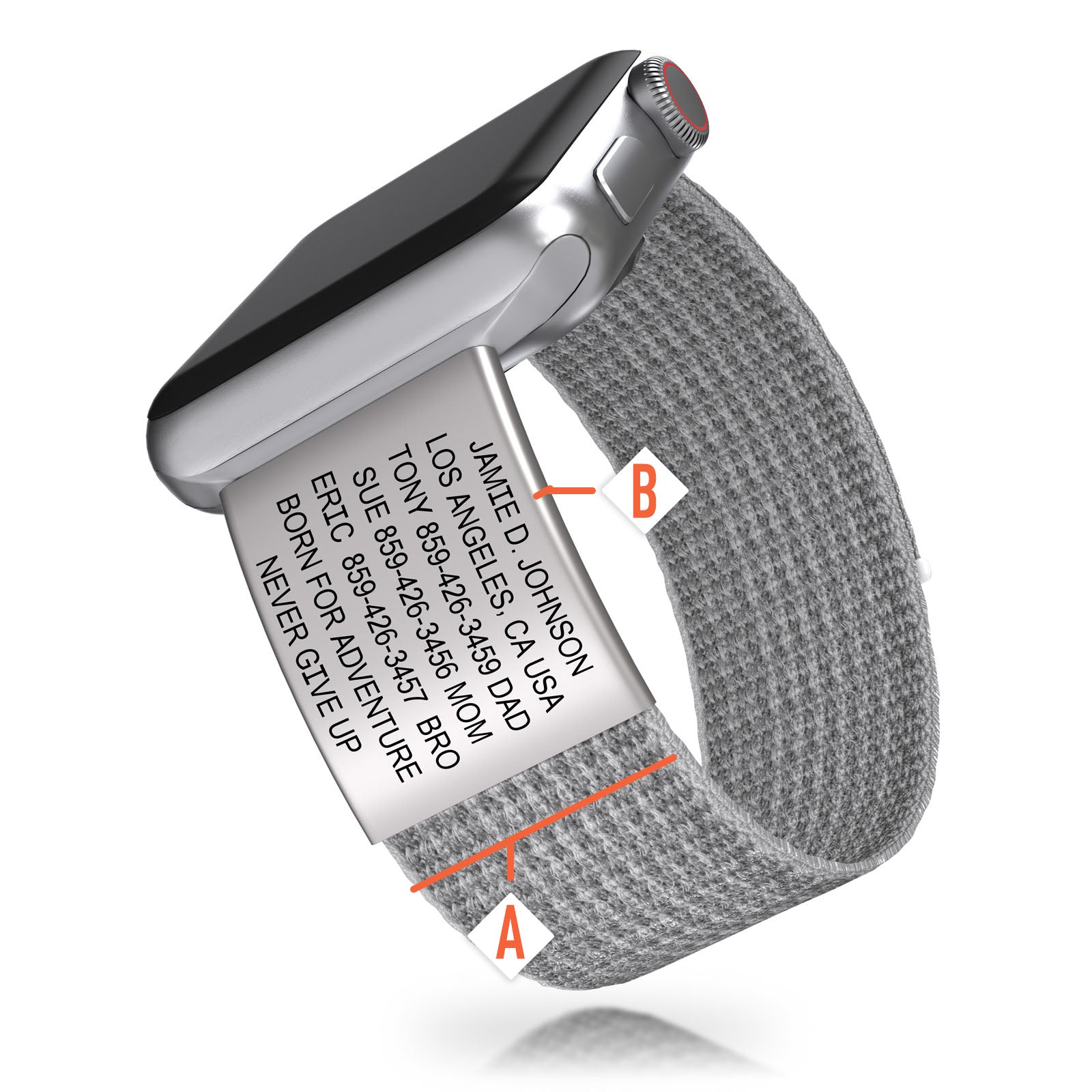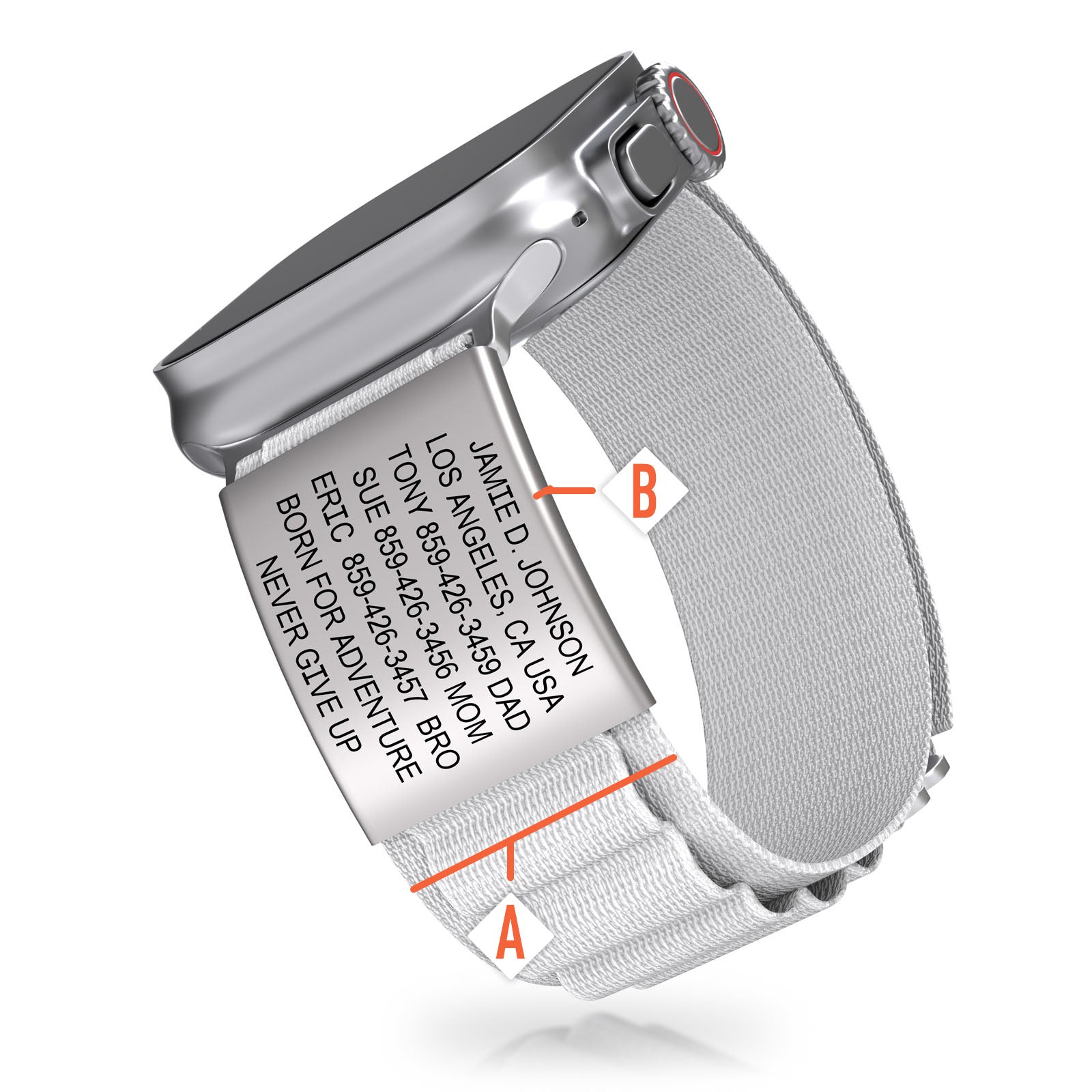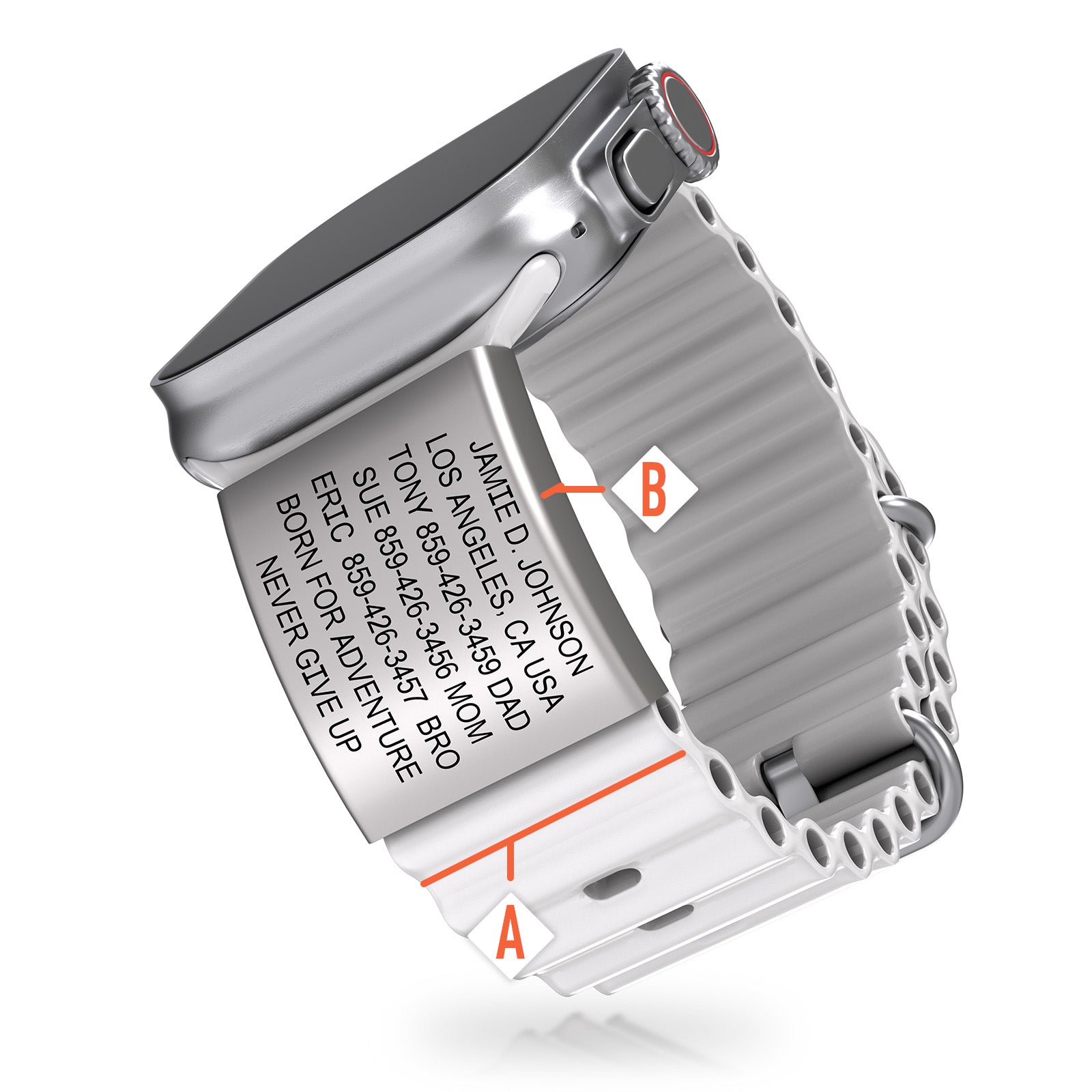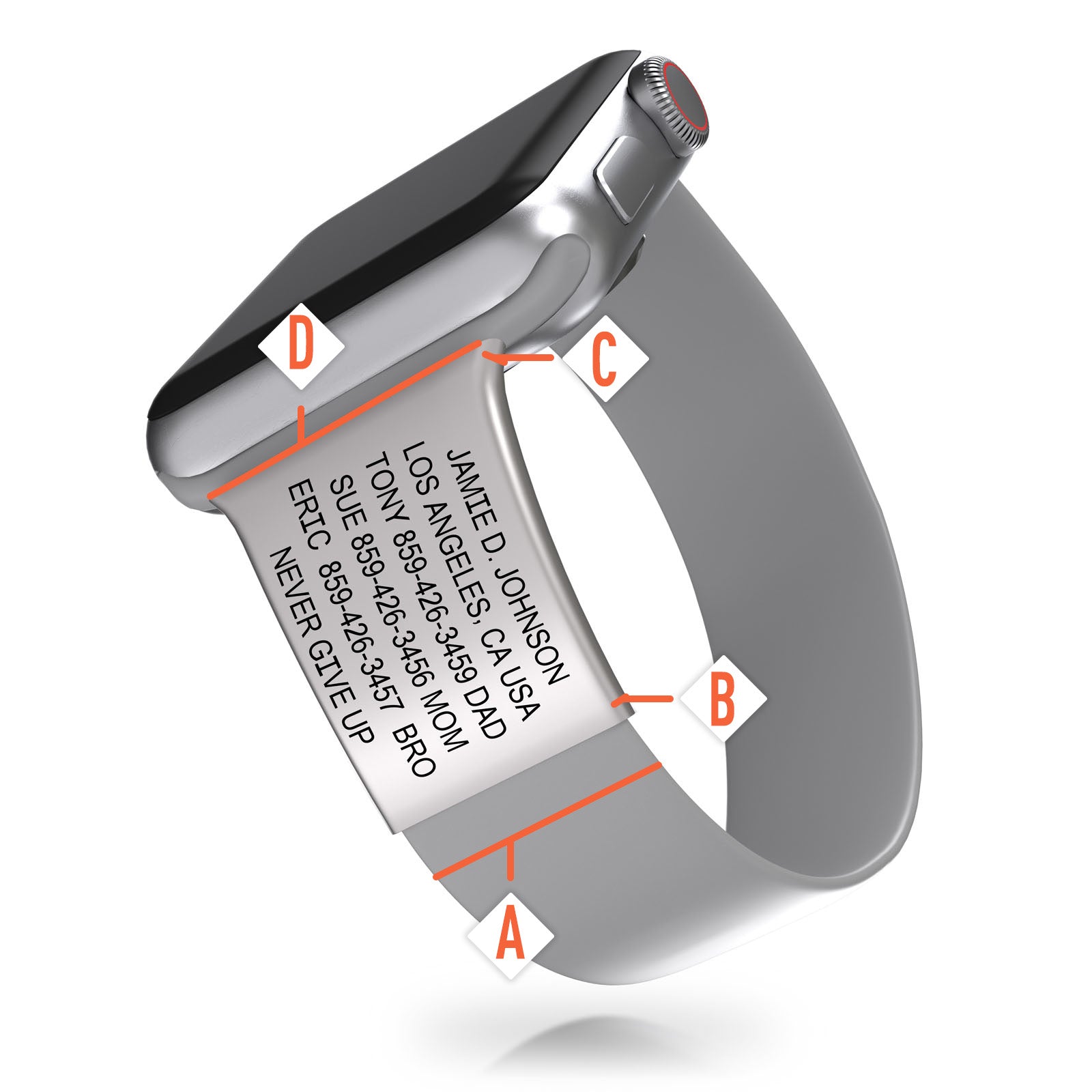I am a Primary Care Physician with an expertise in Sports Medicine. I started working as Race Doctor back in 1985 and worked on the Nissan Classic Tour of Ireland. From there, I went on to work all the Professional Tours in the UK. I came across one of your Road IDs on an injured cyclist one day. He was unable to tell me his important personal information, nor could he recall the contact phone numbers that we needed. Thankfully, we noticed he was wearing a Road ID, and we were able to source his information.
As an active cyclist myself, I live in fear of being injured, so Road ID ticks a lot of boxes for me. Well done. I now wear my Road ID all the time when I am cycling. I have been telling everyone I know what a great idea it is.
Keep up the good work!
- David .C from Wexford,


